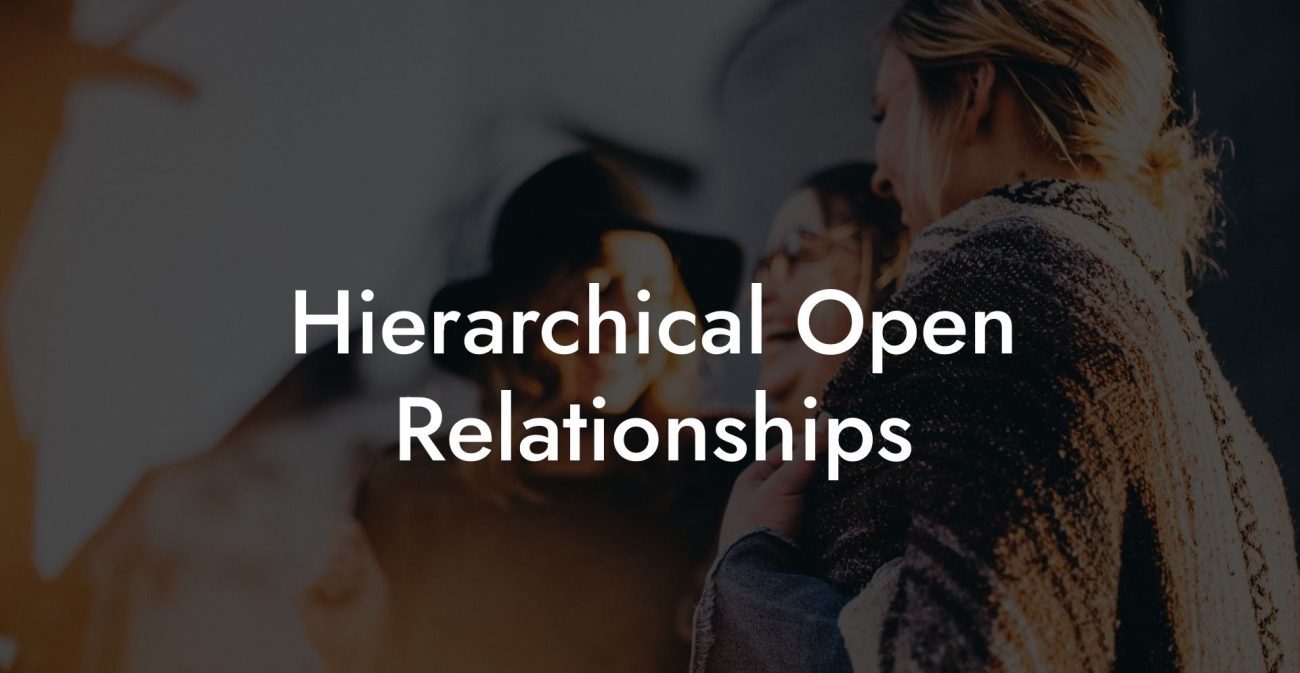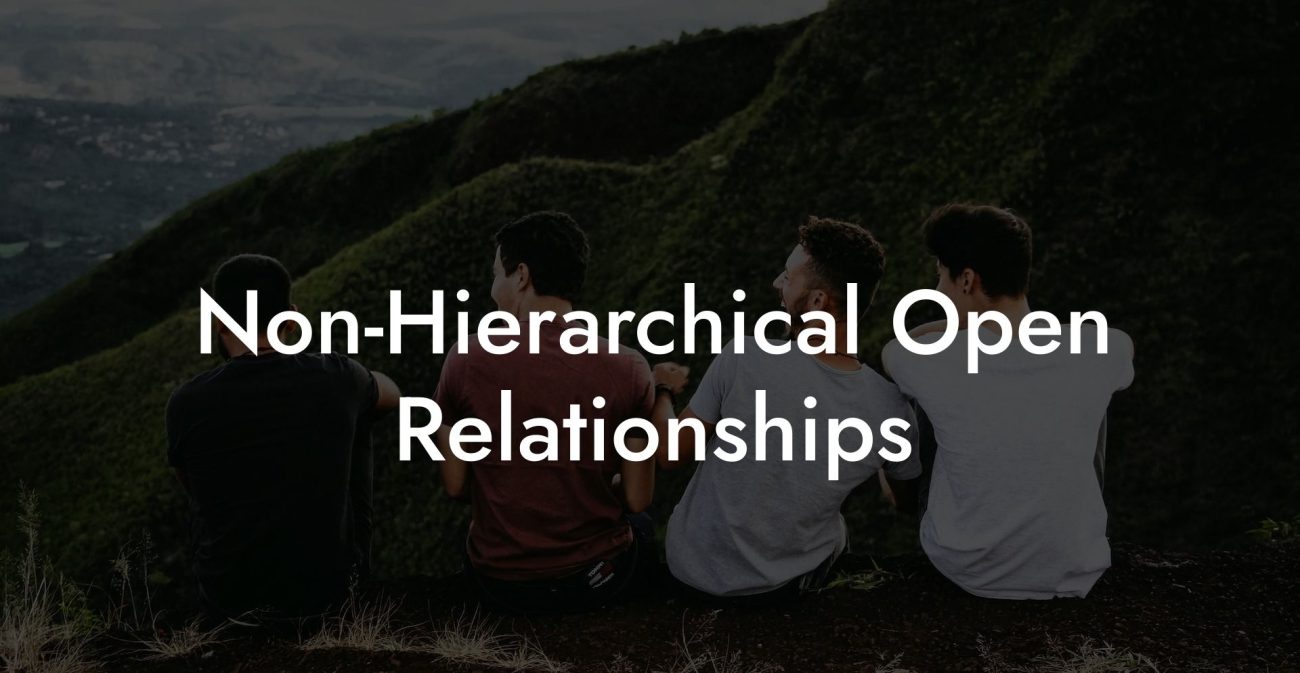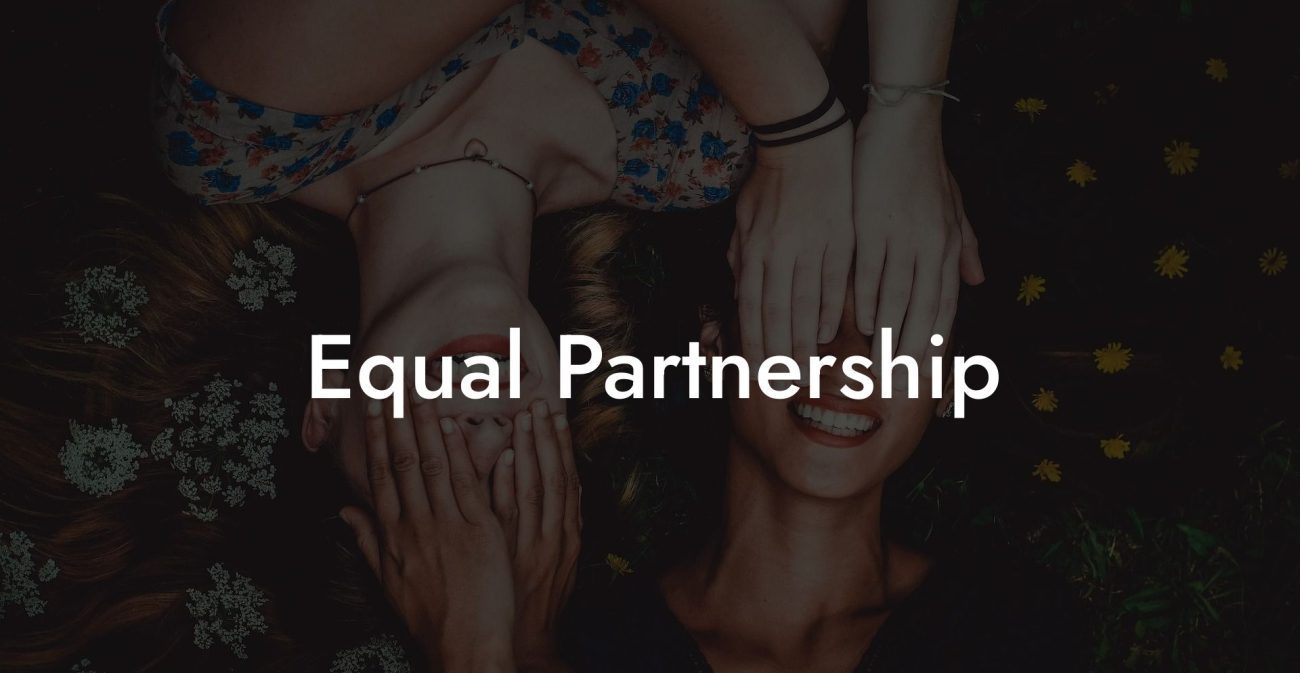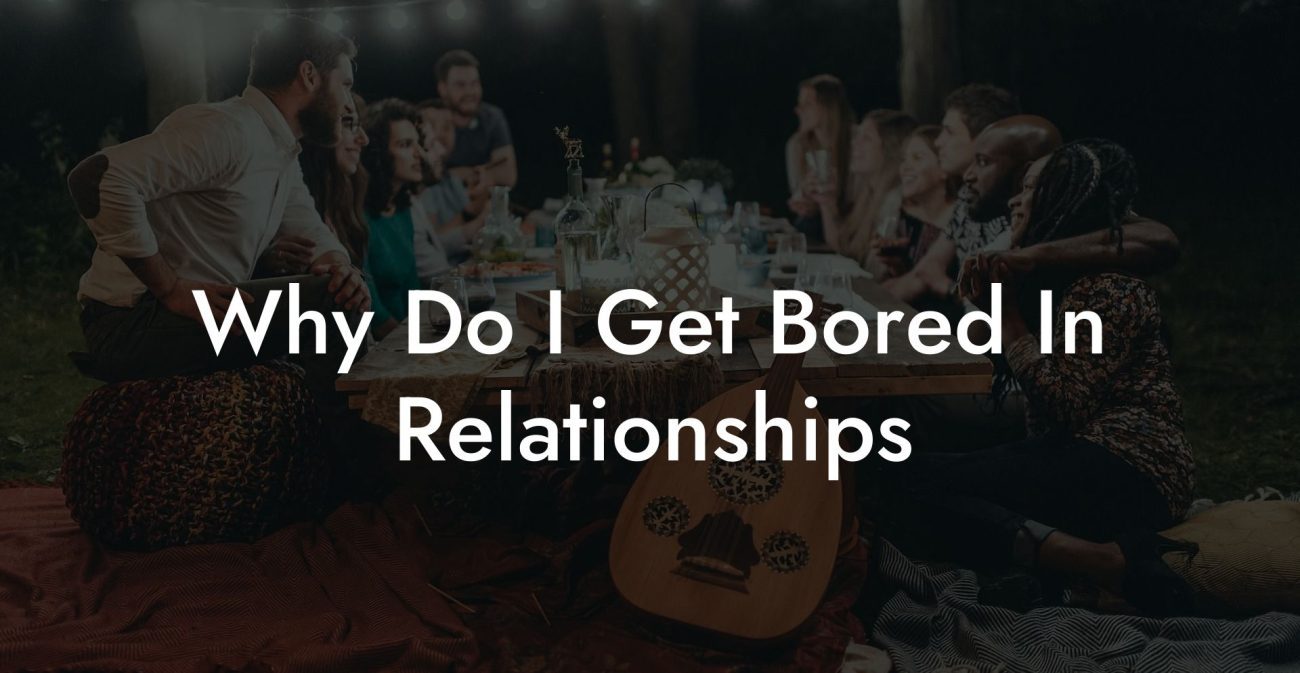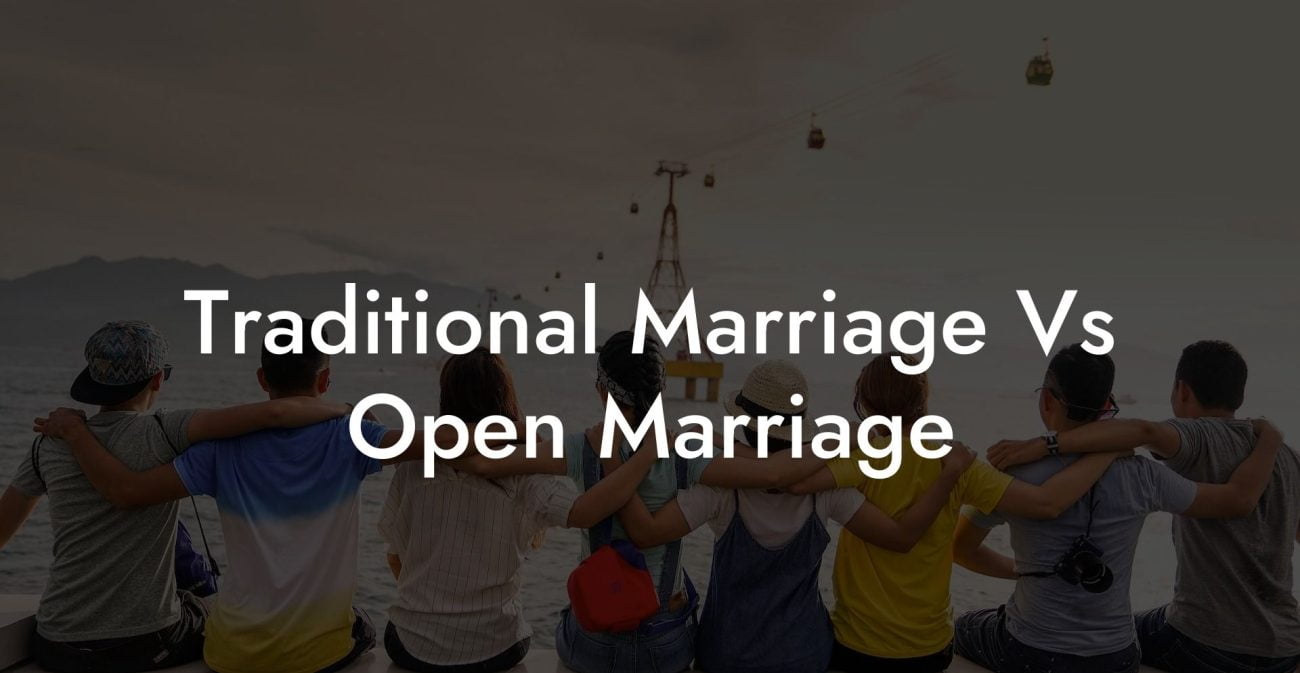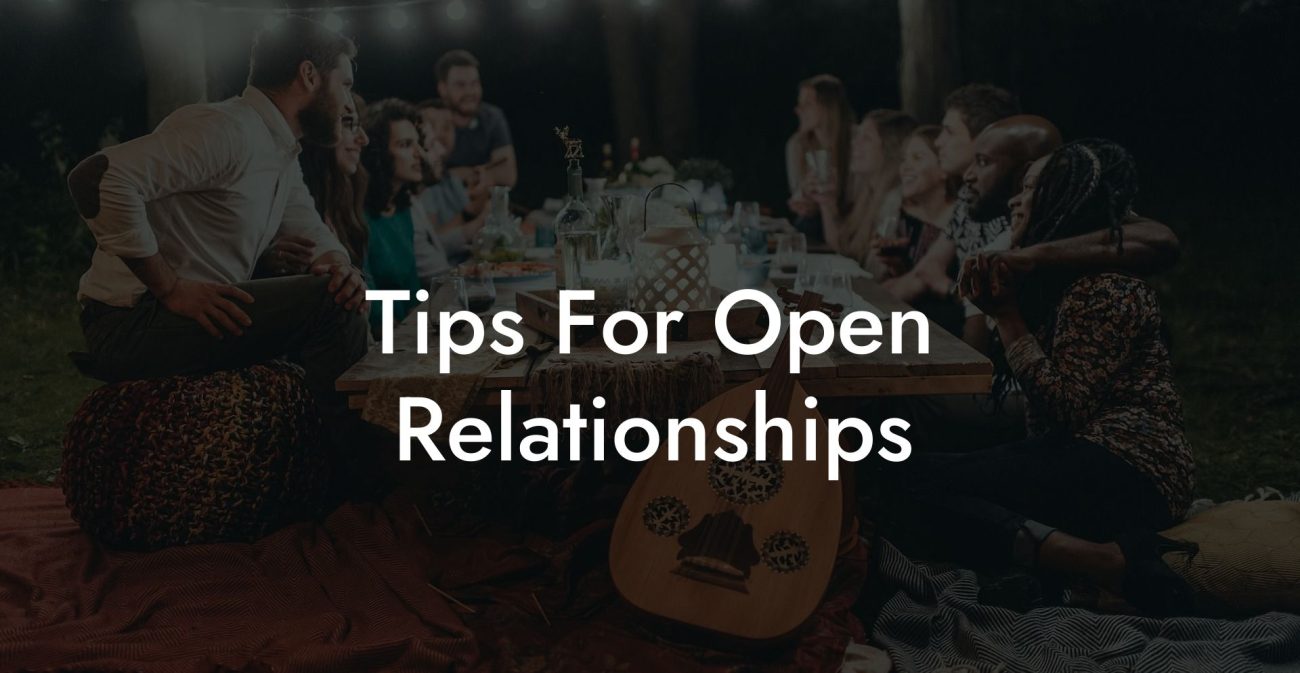Guide to Multiple Partners Romantic
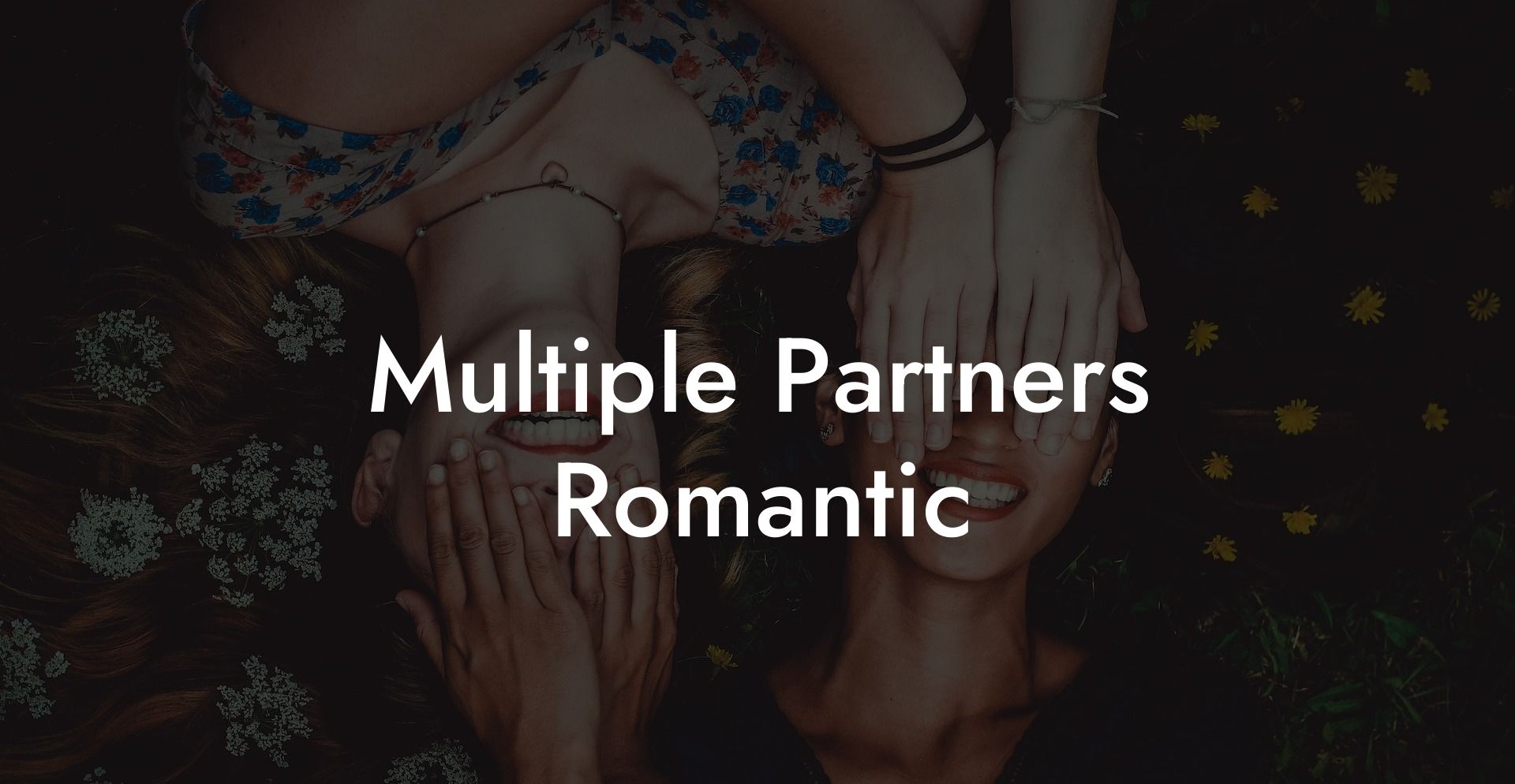
Are you curious about how to cultivate and maintain deep, meaningful romantic connections with more than one partner? In today’s evolving landscape of relationships, many individuals are exploring the possibility of having multiple romantic partners simultaneously, an approach that challenges the conventional model of exclusive, monogamous love. This guide to multiple partners romantic relationships will take you through every facet of the journey. We’ll discuss the underlying principles, the benefits and challenges, practical strategies for emotional and logistical management, and legal and social considerations. Whether you’re already involved in non-traditional relationships or are just beginning to question the exclusivity of monogamy, this comprehensive resource offers the insights and tools you need to navigate a life filled with diverse, yet deeply fulfilling, romantic connections.
Quick Links to Useful Sections
- Understanding Multiple Romantic Partners
- Core Principles of Multiple Romantic Partnerships
- Benefits of Having Multiple Romantic Partners
- Challenges of Multiple Romantic Partnerships
- Communication Strategies for Managing Multiple Romantic Relationships
- Practical Steps for Transitioning to Multiple Romantic Partnerships
- Real-Life Stories and Anecdotes
- Expert Insights and Data Research Findings
- FAQ: How to Transition from Monogamy to Polyamory (Multiple Romantic Partners Edition)
- Resources and Community Support
Understanding Multiple Romantic Partners
Multiple romantic partners, often associated with polyamory, refer to engaging in more than one emotionally significant relationship simultaneously. However, the term “multiple partners romantic” emphasizes the quality and depth of the romantic connections rather than purely sexual or casual encounters. In this model, love is seen as an expansive resource, one that is not limited or divided by the number of partners but enriched by the diversity of experiences and support each relationship provides.
The idea is that you can develop different types of bonds with different people. For instance, one partner might offer intellectual stimulation and emotional security, while another may provide spontaneous adventure and creative inspiration. Rather than viewing these relationships as competing for your attention, modern polyamorous perspectives encourage you to see them as complementary facets of a broader, more nuanced love life.
It is important to note that multiple romantic partnerships are always based on ethical non-monogamy. This means that every relationship is consensual, open, and governed by clearly defined boundaries that all parties agree to. The emphasis is on free will, communication, and mutual respect.
Core Principles of Multiple Romantic Partnerships
To create successful relationships with multiple romantic partners, several key principles need to be at the forefront:
- consent and Transparency: All relationships must be entered into with full, informed consent. Transparency about your other connections is essential to avoid misunderstandings and to foster trust.
- Open Communication: Regular, honest communication is the cornerstone of maintaining emotional intimacy. This includes setting up regular check-ins and being proactive in discussing your needs and any challenges that arise.
- Mutual Respect and Equality: Each partner should feel equally valued and respected. There should be no implicit hierarchy unless explicitly agreed upon by all involved. Every relationship is unique and deserves recognition in its own right.
- Flexible boundaries: Boundaries are not static; they need to be revisited and renegotiated as relationships evolve. Flexibility allows you to adapt to changing circumstances and emotional needs over time.
- Self-Awareness and Accountability: Understanding your own emotions, triggers, and desires is critical. Self-reflection ensures that you remain grounded and can navigate the complexities of multiple relationships without compromising your well-being.
Benefits of Having Multiple Romantic Partners
Embracing multiple romantic partners can lead to a variety of enriching benefits:
- Diverse Emotional Support: Different partners can offer various forms of emotional support, fulfilling a range of needs. This diversity can create a richer, more resilient support network.
- Personal Growth: Managing multiple relationships challenges you to develop advanced communication skills, heightened self-awareness, and stronger emotional resilience. This process fosters significant personal development.
- Enhanced Creativity and Inspiration: Exposure to different perspectives and life experiences can stimulate creativity, leading to new ideas and approaches both personally and professionally.
- Greater Flexibility: With the freedom to tailor your relationships to your unique needs, you can create a dynamic love life that evolves with you over time. This adaptability often leads to greater satisfaction as your relationships mirror your personal growth.
- Strengthened Communication Skills: The need for clear and frequent dialogue helps improve your ability to express emotions, set boundaries, and resolve conflicts, benefiting all areas of your life.
These benefits highlight that multiple romantic partnerships can provide not just additional love, but a framework for holistic personal development and enriched life experiences.
Challenges of Multiple Romantic Partnerships
While there are many benefits, navigating multiple romantic relationships also comes with its own set of challenges:
- Emotional Complexity: Balancing the feelings, expectations, and needs of multiple partners can sometimes lead to confusion, emotional overload, or conflict. Jealousy, insecurity, and fear of neglect are common issues that require continuous attention.
- Time and Energy Management: Coordinating quality time with each partner while maintaining your personal life and commitments can be demanding. Effective scheduling and prioritization are essential to prevent burnout.
- Negotiating Boundaries: Each relationship may have different boundaries regarding emotional involvement, time, and physical intimacy. Constantly revisiting and renegotiating these boundaries can be exhausting if not managed properly.
- Social Stigma: Despite growing acceptance, polyamory and multiple romantic partnerships can still face societal judgment. Navigating social stigma requires resilience and often the support of like-minded communities.
- Legal and Financial Considerations: In many parts of the world, legal systems do not recognize non-monogamous relationships, which can complicate issues such as inheritance, benefits, and legal rights. Couples must be proactive in planning and managing these aspects.
Recognizing these challenges is the first step in addressing them. With clear communication, strong self-awareness, and a willingness to adapt, many find that the rewards far outweigh the difficulties.
Communication Strategies for Managing Multiple Romantic Relationships
Effective communication is absolutely essential for thriving in a multi-partner environment. Here are some strategies to help you manage:
- Regular Check-Ins: Schedule consistent times for one-on-one and group conversations. These check-ins provide an opportunity to share updates, discuss any concerns, and adjust boundaries as needed.
- Active Listening: Practice active listening by giving your full attention, summarizing what you’ve heard, and asking clarifying questions. This shows respect for your partners’ feelings and fosters mutual understanding.
- Use “I” Statements: Express your thoughts and feelings using “I” statements to keep the focus on your personal experience rather than making generalizations that might put others on the defensive.
- Be Transparent: Maintain openness about your experiences and feelings. Transparency helps build trust and minimizes the risk of misunderstandings.
- Utilize Digital Tools: Leverage technology such as shared calendars, messaging apps, and digital journals to keep track of dates, boundaries, and check-in schedules.
These strategies can significantly enhance the quality of your relationships and ensure that every partner feels valued and understood.
Practical Steps for Transitioning to Multiple Romantic Partnerships
If you’re considering exploring multiple romantic relationships, here are some practical steps to guide you on your journey:
- Step 1: Self-Reflection
Begin by assessing your personal needs, desires, and emotional readiness. Spend time journaling your thoughts and considering what you hope to gain from additional connections. Reflect on past relationships and identify what you truly value in a romantic partnership. - Step 2: Educate Yourself
Learn about ethical non-monogamy and polyamory by reading books, listening to podcasts, and engaging in online communities. Resources like "The Ethical Slut" and "More Than Two" offer insights into managing multiple relationships and can help you prepare for the emotional and logistical challenges ahead. - Step 3: Discuss with Your Current Partner(s)
If you’re already in a monogamous relationship, have an honest conversation with your partner about your interest in exploring additional romantic connections. Use open dialogue to share your thoughts and listen to their perspective. A gradual approach, such as a trial period, can help both partners adjust to the idea. - Step 4: Establish Clear Boundaries
Clearly define what is acceptable for each relationship. This may involve setting guidelines for time spent with each partner, emotional involvement, and physical intimacy. Document your agreements in writing if needed, and be prepared to revisit these boundaries regularly. - Step 5: Join a Supportive Community
Engage with online forums, local meet-ups, and social media groups dedicated to polyamory and ethical non-monogamy. Sharing experiences with like-minded individuals can provide invaluable support and practical advice. - Step 6: Use Digital Tools
Organize your dating life with shared calendars, scheduling apps, and digital journals. These tools can help you manage your time effectively and ensure that you honor your commitments to all partners. - Step 7: Embrace Flexibility and Patience
Understand that transitioning to a lifestyle with multiple romantic partners is a process that takes time. Be patient with yourself and your partners, and remain open to adjusting your approach as you learn and grow. - Step 8: Prioritize Self-Care
Make time for activities that nurture your mind, body, and spirit. Self-care is essential for maintaining emotional balance and ensuring that you have the energy to invest in your relationships. - Step 9: Seek Professional Guidance
If you encounter challenges or feel overwhelmed by the transition, consider consulting a therapist or relationship coach who specializes in non-traditional relationships. Professional support can provide personalized strategies for managing complex emotions and maintaining healthy dynamics. - Step 10: Celebrate Your Journey
Acknowledge and celebrate your growth and the successes you experience along the way. Whether it’s a successful check-in or a breakthrough in communication, taking time to appreciate your progress reinforces your commitment to this lifestyle.
Real-Life Stories and Anecdotes
Personal experiences provide powerful insights into the journey of having multiple romantic partners. For example, consider the story of Alex, who transitioned from a traditional monogamous relationship to exploring polyamory. Through extensive self-reflection and open conversations with both his primary partner and new connections, Alex discovered that the emotional support and diversity of experiences enriched his life in unexpected ways. Although he encountered challenges like jealousy and time management, regular check-ins and a willingness to adapt helped him create a balanced and fulfilling network of relationships.
Similarly, Taylor, who had always been curious about non-monogamy, decided to experiment with multiple romantic connections after feeling that a single partnership no longer fulfilled all of her emotional needs. By joining polyamorous communities online and learning from others’ experiences, Taylor was able to set clear boundaries and embrace the flexibility of modern polyamory. Over time, she found that each relationship offered unique benefits, one provided creative inspiration while another offered deep emotional security, ultimately leading to a more vibrant and resilient love life.
These real-life anecdotes demonstrate that while the journey to having multiple romantic partners can be challenging, the rewards in personal growth, enriched emotional support, and deeper self-awareness make the effort worthwhile.
Expert Insights and Data Research Findings
Relationship experts emphasize that successful navigation of multiple romantic partnerships hinges on communication, self-awareness, and the ability to set and adjust boundaries. Dr. Samantha Lee, a therapist specializing in non-traditional relationships, states, “The key to thriving in a polyamorous lifestyle is not just about managing multiple connections, but about ensuring that each relationship is built on a foundation of trust, clear communication, and mutual respect.” She notes that many individuals who successfully adopt this model report enhanced emotional resilience and improved conflict resolution skills.
Relationship coach Marcus Reed adds, “Modern polyamory requires a blend of flexibility and structure. When individuals invest time in understanding their own needs and communicating them effectively, the dynamics of multiple relationships can lead to profound personal and emotional growth.”
Research in the field of ethical non-monogamy has shown that individuals who maintain multiple romantic partnerships with clear communication and robust boundaries often experience greater overall relationship satisfaction and personal fulfillment. These findings suggest that the benefits of multiple romantic partners can extend beyond just the diversity of experiences, contributing to significant emotional and psychological growth.
FAQ: How to Transition from Monogamy to Polyamory (Multiple Romantic Partners Edition)
1. What is modern polyamory?
Modern polyamory is the practice of engaging in multiple consensual, ethical romantic relationships simultaneously, emphasizing open communication and mutual respect.
2. How does having multiple romantic partners differ from traditional monogamy?
Unlike traditional monogamy, which focuses on an exclusive, singular relationship, having multiple romantic partners allows you to cultivate diverse connections that cater to different emotional and personal needs without diminishing the quality of any one bond.
3. What are the benefits of multiple romantic partnerships?
Benefits include access to diverse emotional support, opportunities for personal growth, enhanced creativity, and the flexibility to tailor your relationships to your evolving needs.
4. What challenges might arise in a polyamorous lifestyle?
Common challenges include managing jealousy, balancing time and energy, negotiating evolving boundaries, and navigating societal stigma.
5. How important is communication in managing multiple romantic relationships?
Communication is absolutely essential. Regular, honest check-ins and active listening are crucial for ensuring that all partners feel valued, heard, and secure.
6. How do I know if I’m ready to transition from monogamy to multiple romantic partnerships?
Reflect on your emotional needs, your ability to manage complex feelings like jealousy, and your desire for diverse experiences. If you feel ready to embrace open dialogue and flexible boundaries, you might be prepared for this transition.
7. What practical steps can help me manage multiple relationships effectively?
Practical steps include engaging in deep self-reflection, setting clear boundaries, using digital tools for time management, and seeking support from polyamorous communities and professionals.
8. Can having multiple romantic partners improve my overall relationship skills?
Yes, many individuals report that the communication, empathy, and conflict resolution skills developed through managing multiple relationships enhance their overall ability to connect deeply with others.
9. How do I handle the potential for jealousy?
Address jealousy by scheduling regular emotional check-ins, using “I” statements to communicate your feelings, and seeking professional support if necessary.
10. Where can I find more information about multiple romantic partnerships?
Books such as "The Ethical Slut" and "More Than Two", podcasts like “Multiamory,” and online communities on Reddit and Facebook offer extensive insights and support.
Resources and Community Support
- Books and Academic Resources: Dive into foundational texts such as "The Ethical Slut" and "More Than Two" for in-depth perspectives on polyamorous dynamics and relationship ethics.
- Podcasts: Listen to shows like “Multiamory” to hear personal stories, expert advice, and practical tips on managing multiple romantic relationships.
- Online Communities: Engage with communities on platforms like Reddit’s r/polyamory and specialized Facebook groups to share experiences and gain mutual support.
- Therapy and Counseling: Consider consulting a therapist or relationship coach experienced in ethical non-monogamy to help navigate challenges and fine-tune your approach.
With thoughtful self-reflection, clear communication, and the support of a vibrant community, you can confidently explore and embrace modern polyamory. Building relationships with multiple romantic partners can be a deeply fulfilling journey that enriches your life with diverse perspectives, emotional depth, and lasting personal growth.
Lost & confused by all of the terms, types and seemingly made up 3 letter acronyms?? We've got you. Check out our Ethnical Non-Monogamy Dictionary >>
Useful Interruption: Not sure which relationship vibe fits you best? Take our Relationship Test, it’ll give you the real insight into your natural relationship style. Then, dive into our binge-worthy guides (from the tried-and-true to the “wait, that’s a thing?”) and find the perfect relationship type for your life:
- Monogamy
- Open Relationships
- Ethical Non-Monogamy
- Solo Polyamory
- Non-Hierarchical Polyamory
- Hierarchical Polyamory
- Relationship Anarchy
- Swinging
Now back to the main article but yeah take the test...

